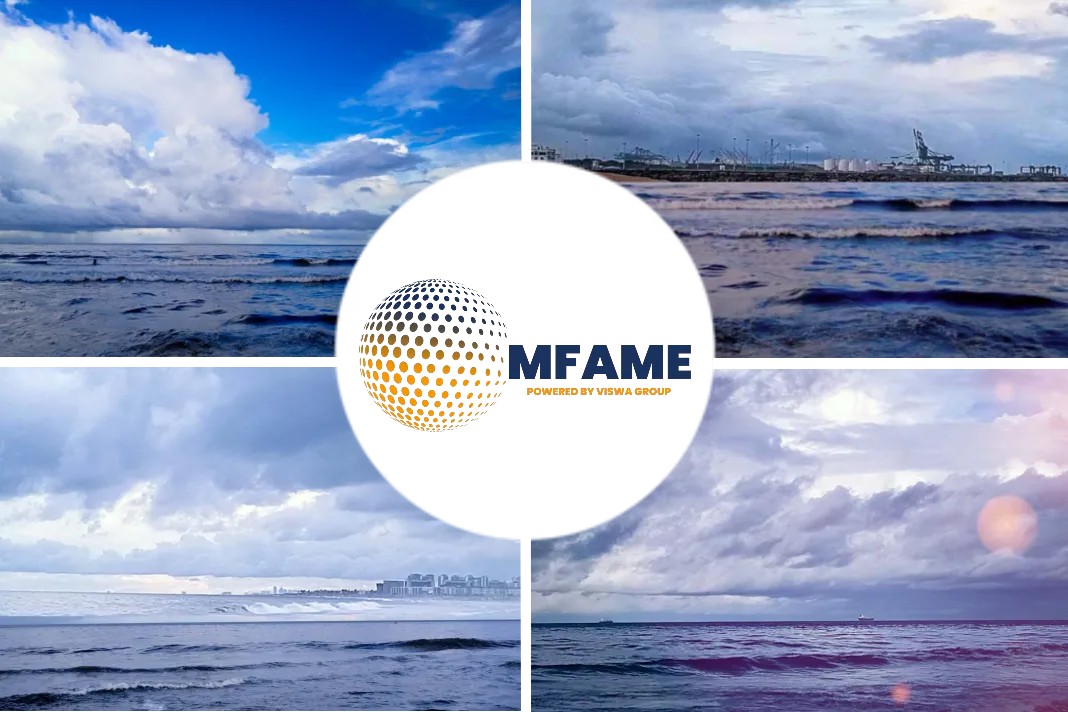Rarely does a vessel come along with the potential to radically change the way an industry operates, but one such vessel is set to hit the water in 2023.
This new vessel, a towboat named Hydrogen One, is being developed by Louisiana-based Maritime Partners, the largest lessor of marine equipment in the U.S. It will be the first of its kind globally to run on emissions-reducing methanol-to-hydrogen generator technology—no diesel propulsion on board—as the maritime industry continues to plot its course toward cleaner vessel operations.
The groundbreaking towboat was designed by Seattle-based Elliott Bay Design Group (EBDG) and will be built at Intracoastal Iron Works in Bourg, La. Other key partners in the project include technology providers e1 Marine, based in Bend, Ore., and multinational ABB. Once completed, the vessel will be operated by Jeffersonville, Ind.-headquartered marine transportation company American Commercial Barge Line (ACBL), likely to move petroleum products in and around Louisiana and Texas.
Seeking a solution
In recent years, marine transportation companies have been exploring a range of greener power and propulsion solutions to help reduce their vessel emissions as stricter environmental regulations take hold and environmental, social and governance (ESG) priorities increasingly drive corporate decision-making and capital allocation.
“The global shipping industry has been driving to decarbonize itself,” Maritime Partners’ CEO, Bick Brooks, said at the 2021 International WorkBoat Show in New Orleans in December. “It’s a huge challenge given the energy requirements for vessels regardless of application. But the winds of change are blowing, and we want to be at the forefront of that change.”
It will take a growing mix of technologies to decarbonize shipping as various vessel applications differ in power and propulsion needs. There’s no one-size-fits-all. Batteries, for example, have been gaining attention for vessels such as ferries and tugboats that operate on fixed, repeated routes where daily charging is possible, but are not currently viewed as a standalone answer for towboats due to these vessels’ size, space and weight limitations, as well as the nature of barging routes on the U.S. inland river system. And limited onboard storage capacity and a lack of necessary dockside bunkering infrastructure essentially strike pressurized or cryogenically stored gases from the list of viable towboat fuels.
“We took a blank sheet of paper and laid out all of the available alternatives: liquefied natural gas (LNG), methanol, ammonia, compressed hydrogen, biofuels; and what we came up with was methanol as the fuel of choice for our application,” Brooks said. “It is widely available throughout the river system and global port infrastructure, it can be distributed in existing fossil fuel distribution infrastructure, and it’s safe.”
Jack Nash, an analyst with Maritime Partners, said at the WorkBoat Show that the company looked at three primary criteria when evaluating the viability of future fuel options: strong emissions benefits, cost competitiveness and strong performance. “If a fuel doesn’t tick all of those boxes, then we struggle to see how it will be adopted,” he said. “We were very impressed with hydrogen’s emissions benefits, but the challenges with transporting and storing hydrogen increased the cost so significantly that we didn’t see compressed hydrogen as a solution moving forward.”
And that’s where e1 Marine came into play with a solution that serves as a link allowing easy-to-handle methanol—a top commodity globally, located in bunker quantities at more than 100 ports—to be converted into power-dense and clean hydrogen on board, in real time.
Mike Complita, principal in charge and VP of strategic expansion at EBDG, said the solution is a good fit for Hydrogen One based on the vessel’s operational profile. While pure hydrogen can be difficult to carry in quantity and get distance, methanol—which is readily available and routinely carried on U.S. inland waterways—is very similar to fueling conventional diesel, Complita said. “You bunker it from a truck or a terminal through a hose. It does not take any special permitting, unlike hydrogen and ammonia and some other alternative fuels,” Complita said. “Methanol, in my opinion, is probably the safest alternative fuel to transfer to the vessel beyond diesel and biodiesel.”
Did you subscribe to our daily newsletter?
It’s Free! Click here to Subscribe!
Source: Marinelink
















